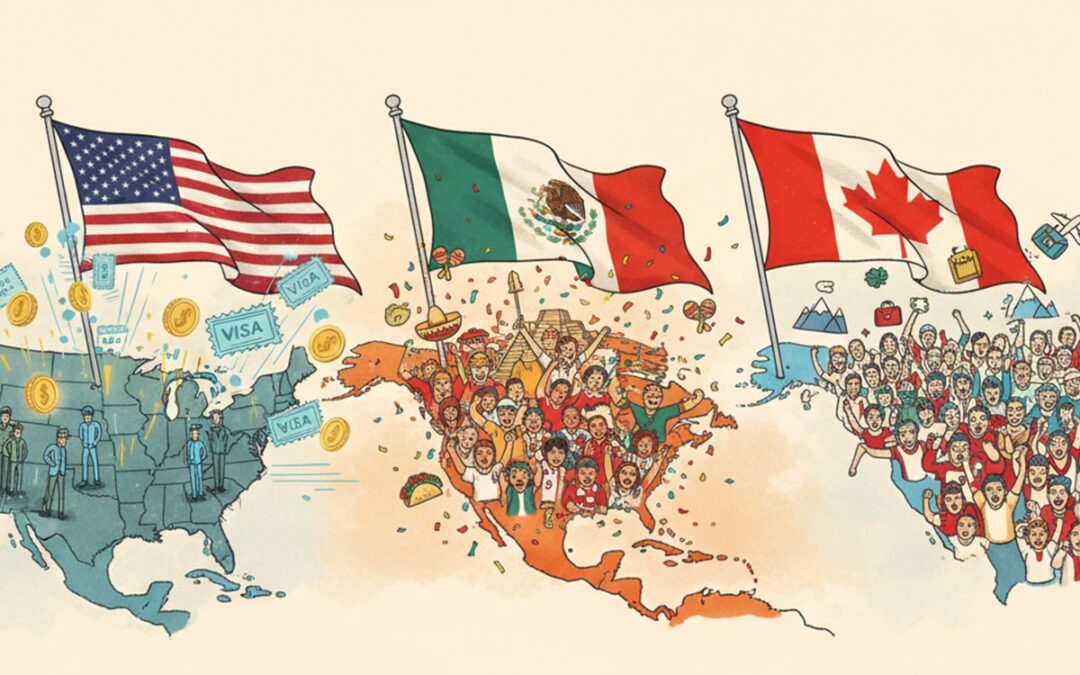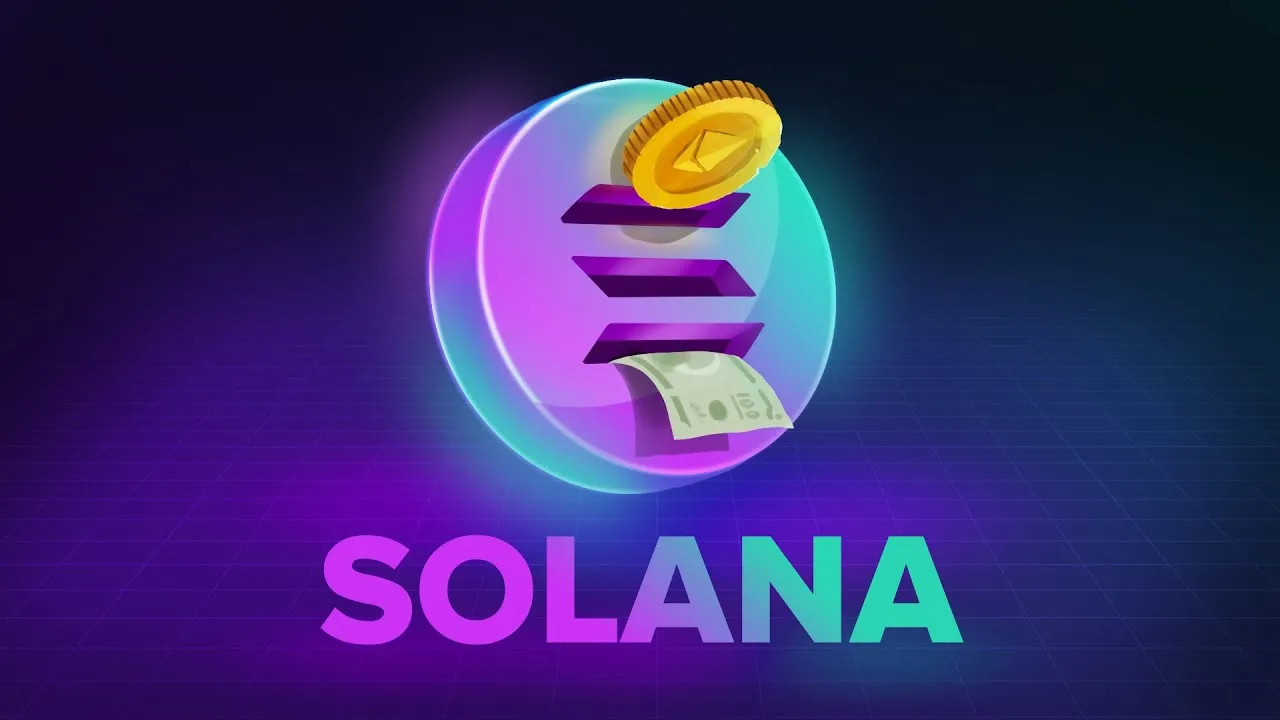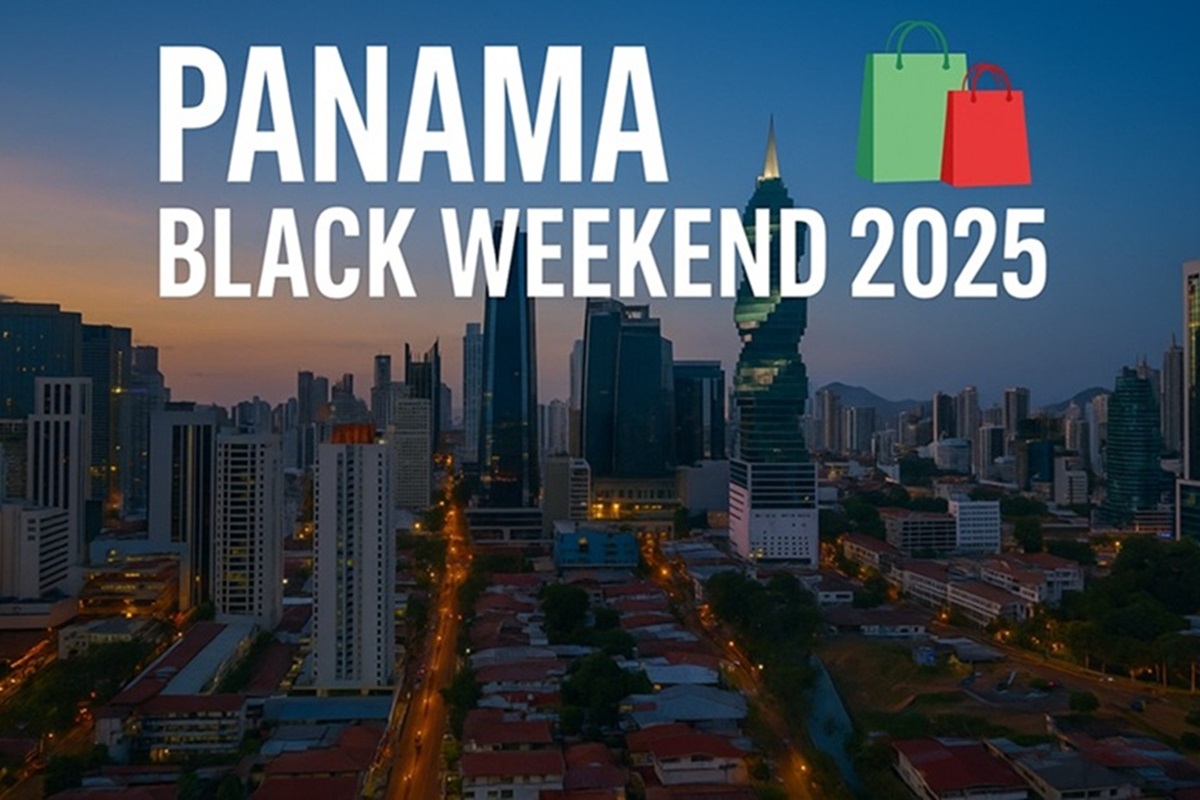When FIFA announced that the 2026 World Cup would return to North America, the promise was clear: a continental celebration that would unite the United States, Mexico, and Canada through the world’s most popular sport. But as the first ticket sales began, unity quickly gave way to frustration.
Dynamic pricing, opaque lotteries, and escalating visa restrictions in the U.S. have made what should be a global festival feel like an exclusive club. While FIFA President Gianni Infantino boasts that “the world will be welcome,” the world seems increasingly unconvinced. For millions of fans, the message is clear: if you want to enjoy the World Cup without draining your savings—or facing months-long visa queues—head north or south of the U.S. border.
The Economics of Exclusion
At the heart of the controversy are unprecedented ticket prices. In past World Cups, even the most expensive seats rarely exceeded $1,600. For 2026, however, prices have skyrocketed. The final at New Jersey’s MetLife Stadium tops out at $6,730 per ticket, while even upper-deck seats can exceed $2,000.
Group stage matches, traditionally accessible to local families, have also become a luxury. In Los Angeles, the cheapest seat for the U.S. team’s opener costs $560, more than double the average Mexican or Canadian opener. For comparison, tickets for Mexico’s first match in Mexico City start at $370, while Toronto’s opener sits around $355.
What’s driving these numbers? FIFA’s experiment with “dynamic pricing”, a model borrowed from the concert industry, allows prices to fluctuate based on demand—essentially turning each sale into an algorithmic auction. The result is a marketplace that rewards speed, wealth, and internet luck over loyalty or passion.
A Tale of Three Hosts
The tri-nation format was meant to symbolize cooperation across borders. Instead, it has exposed economic and political contrasts.
United States: The Fortress Host
The U.S. will stage the majority of the 104 matches, yet it’s becoming the least accessible destination. Beyond ticket prices, foreign fans face steep travel costs, limited visa availability, and growing safety concerns amid domestic unrest.
Average waiting times for a U.S. tourist visa interview now stretch beyond 12 months in several countries, especially in Latin America and Africa—regions that supply some of the most passionate soccer fans. While Canada and Mexico have adopted digital or expedited processes, Washington has refused to implement a World Cup fast-track system similar to those used in Qatar or Russia.
Even citizens from countries under the Visa Waiver Program must navigate stricter background checks introduced by the Trump administration, which recently reactivated immigration raids and National Guard deployments in major host cities.
The irony is hard to ignore: the world’s most global event hosted by a nation increasingly closing its doors.
Related content: Canada and Mexico gain FIFA World Cup Destination Advantage
Mexico: Passion Meets Affordability
For many fans, Mexico is emerging as the tournament’s spiritual and financial heart. Ticket prices are lower, fan culture is vibrant, and entry requirements are less burdensome.
In Guadalajara, group stage tickets average $210, while Monterrey offers some of the tournament’s most affordable experiences at around $197. More importantly, Mexico’s soccer tradition—where the sport is woven into daily life—guarantees full stadiums and an authentic atmosphere.
The Estadio Azteca, already a World Cup legend, will host the opening match. And unlike in Los Angeles or New York, local hospitality businesses are preparing not for luxury tourism, but for volume—mid-range hotels, street food vendors, and small tour operators anticipating a boom.
Canada: The Calm Alternative
In Toronto and Vancouver, the World Cup is being marketed as an extension of Canada’s reputation for inclusivity and safety. Ticket prices sit comfortably between the extremes—roughly $260 to $400 for group games—and the visa process for most European and Commonwealth nations is straightforward.
Canada’s tourism boards are already capitalizing on the moment. From bilingual fan zones to “soccer-and-nature” travel packages, the country is positioning itself as the stress-free choice for international visitors wary of U.S. bureaucracy and political tension.
The Price of Greed
For FIFA, the financial stakes have never been higher. The governing body expects record profits thanks to expanded participation—48 teams instead of 32—and dynamic ticketing. But the human cost is growing.
The 2026 tournament could easily become the most exclusive World Cup in history, not because of security or logistics, but because only the affluent will be able to attend. Ordinary families are being priced out of a dream that once united generations.
In Seattle, taking a family of four to a group-stage match costs roughly $360 just for entry, not including parking, lodging, or meals. For many middle-class households, that’s the equivalent of a week’s salary—or more.
This commercialization mirrors broader trends in American entertainment economics. From Super Bowl tickets to concert tours, “premium experiences” have replaced public access. FIFA’s embrace of dynamic pricing marks a shift from sport as community event to sport as speculative asset.
Visa Walls and Empty Seats
Beyond the price tag, the visa crisis may further isolate the U.S. from the global soccer community. Former diplomats and travel analysts warn that long processing delays could prevent thousands of fans from ever entering the country.
That perception matters. Empty sections during U.S. matches—broadcast live to billions—would send the opposite message of what FIFA intended when it chose North America as a symbol of openness. And for a country still reeling from political polarization and declining tourism, optics could be disastrous.
Winners North and South
As American cities grapple with high costs and logistical headaches, Canada and Mexico stand poised to benefit. Tourism agencies in both nations report increased global interest in pre-bookings for summer 2026.
Mexico City expects a 25% rise in hotel occupancy, while Toronto and Vancouver project record visitor numbers, not just during the games but throughout the travel season. For budget travelers and neutral fans, these destinations offer better value, friendlier entry policies, and a sense of authenticity the U.S. may struggle to match.
Economists note that even modest shifts in tourist flow could have substantial effects. “If just 10% of fans choose Mexico or Canada over the U.S., that’s hundreds of millions in lost revenue for American cities,” said one industry analyst. “These are travelers who spend on food, lodging, local transport—things that support small businesses.”
The Global Stage—and the Wrong Script
The 2026 World Cup was supposed to mark a triumphant return of the tournament to North America, thirty-two years after USA ’94 broke attendance records. Back then, affordable tickets and an atmosphere of curiosity helped soccer find a foothold in the American mainstream.
This time, the narrative risks being reversed. The combination of inflated prices, travel bureaucracy, and domestic instability could transform what should have been a unifying spectacle into a cautionary tale about over-commercialization and political isolation.
FIFA’s leadership insists that the event will be “the biggest and best World Cup ever.” Yet size alone doesn’t guarantee success. For millions of fans, the tournament’s soul lies not in its revenue charts but in its accessibility—the chance to stand shoulder to shoulder with strangers from around the world and feel part of something larger than sport.
If those fans end up celebrating in the streets of Guadalajara or along Vancouver’s waterfront instead of inside U.S. stadiums, it won’t just be an economic miscalculation. It will be a symbolic one.
A Missed Goal for the Beautiful Game
In the end, the 2026 World Cup may go down as the tournament that proved how far global sport has drifted from its communal roots.
FIFA’s decision to chase profit over participation has turned what should have been a once-in-a-generation celebration into a reflection of inequality.
The continent’s shared dream remains alive—but its heart may beat louder outside U.S. borders.







